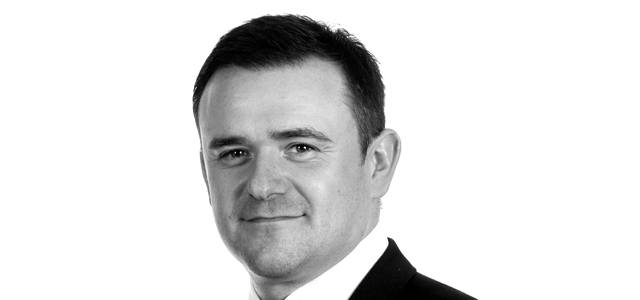Lifting the lockdown – managing the COVID-19 risk

Following the announcement from the government last weekend we now begin the complicated and challenging task of getting ‘back to work’. For some this means implementing new ways of working for others it means the planning starts in earnest now. Just how do you re-start operations, re-open buildings and facilities, bring employees back…even open doors to the public again. All in a safe and controlled manner?
The governments new fifty-page COVID-19 Recovery Strategy document re-iterated that employers have a duty to ‘assess and manage risks to your safety in the workplace’. The document and the various associated guides for different types of workplaces failed to offer anything new in the way of detailed practical advice on how to manage one of the critical aspects - cleaning. As widely reported, evidence suggests the virus can exist for up to 72 hours on surfaces. The type of surface and the environmental conditions will of course be an important consideration. Other factors, such as the type of business operation, how it’s used, by whom and how often will also need to be considered as part of an effective disinfection programme.
Many cleaning and facilities companies have adapted or developed their services to meet the new demand for COVID-19 related cleaning. This may include the introduction of new methods such as chemical fogging or touch point cleaning, using ‘household’ chemicals which are effective in removing the virus. We must not forget however that we are dealing with a potentially deadly virus. This of course presents complex Health & Safety considerations (such as PPE and protocols) but also a unique emotional response from employees, customers and members of the public. It may not be enough to ‘say’ it’s clean, we may need to ‘show’ it’s clean now. This could mean having more visible routine cleaning teams, operating not just outside of normal business hours, or having professional disinfection carried out by specialists in response to ‘incidents’. Businesses and organisations will undoubtedly need to consider for example ‘re-occupation cleans’ for buildings which have been unoccupied for a period of time. The risk of SARS-CoV-2 (Coronavirus) contamination will surely be low after such a period of time, however re-assuring employees and demonstrating duty of care to manage safety in the workplace, takes on a new dimension.
From what we know the risk of COVID-19 won’t be going away anytime soon, yet we will need to get back to some sort of ‘normal’. We will also have to try and do this probably with even more pressure on productivity and cost control. What does regular, preventative type cleaning and disinfection look like……what, when, how and how often? Organisations will need to manage the risks to their respective business operations. Finding solutions which meet bespoke requirements, that minimise interruptions to operations and that are cost effective, will be challenging.
Rewind a few months ago when it seemed ‘unlikely’ and difficult to comprehend suspected or even confirmed COVID-19 cases in the workplace. Experts are now widely advising that we should also expect and plan for a second wave of the pandemic. Today, the risk seems more ‘real’ and the likelihood greater. We also all have a better understanding and appreciation of the consequences …..and sadly, the fear of this happening. It will therefore be critical for businesses and organisations to have a clear plan on how to respond when this happens and have the solutions in place to act quickly and with the appropriate measures.
Finally, if there are a some lessons learnt in the last few weeks, it’s how rapidly everything has changed, how fluid the situation has been, and how we have all had to adapt. This will no doubt continue for the foreseeable future and we will have to respond accordingly, again.
Belfor will be hosting a Airmic LIVE session on 8 June, on Return to work planning. For more information on the Airmic LIVE series, click here.

This article was contributed by Sam Dawson, commercial sales director for Belfor
